These days, they say, a successful Goodwood Festival of Speed is as necessary to the health of the nation’s motoring scene as a full tank in every family car. Early on this year, the weather looked as if it might threaten such a happy outcome, what with the cars of some Friday attendees having to be towed into their parking spaces.
Luckily, intermittent sun shone enough through the weekend to make this one of the happiest events ever, and one of the largest. Early reports put attendance at the ticket-only event at the magic 200,000 the organisers have been seeking for the past few years.
The Festival’s secret is to combine the spectacularly predictable – such as most F1 teams smokily demonstrating their cars a week before they take to the British GP grid at Silverstone – with the new and unexpected, such as Renault’s big boss (and closet historic single-seater racer) Carlos Tavares taking to the hillclimb first at the wheel of the new Alpine A110-50 concept coupe with which he intends to found a sports car dynasty, and later in a still-camouflaged Clio 4 prototype, the car upon which his company most depends for a much-needed European revival.
Though Goodwood nowadays kicks off on Thursday with the Moving Motor Show, the day-long event that allows manufacturers to demonstrate cars to customers on closed estate roads, the whole Festival gets closer annually to becoming Britain’s outdoor motor show. Manufacturers colonise the infield with enormous and specially built multi-tier stands (this year’s 'halo' manufacturer Lotus’s was biggest of all). International car bosses arrive on the South Coast from every point of the compass, as they never did to London’s series of ill-fated static motor shows, lured by amazing cars and a couple of nights’ accommodation in 'the House' at Lord March’s pleasure.
This year’s most high-powered arrival was undoubtedly Akio Toyoda, Toyota’s car-loving president, who braved a two-hour traffic queue to tour the grand prix paddock on Saturday afternoon, drive his own racing car on the track with Lord March and conduct just one interview (with Autocar) before heading back to Japan that evening.
Goodwood’s nooks and crannies continued to be well stocked with industry chiefs, such as Aston chairman David Richards (helping to launch the new Vanquish), McLaren Automotive chief Antony Sheriff (entertaining potential customers for the soon-to-launch MP4-12C Spider), Jaguar Land Rover's Ralf Speth (whose new F-type prototype and XF Shooting Brake were prominent), the aforementioned Carlos Tavares of Renault, and Nissan technical chief Jerry Hardcastle, recently awarded an OBE for his steadfast promotion of the UK’s component supply industry. Hardcastle even succeeded in turning Infiniti’s arresting Emerg-e electric coupe concept – driven flat out on the hill by Red Bull’s Mark Webber – into a showpiece for British batteries, British electric motors, British power electronics and British composites technology.



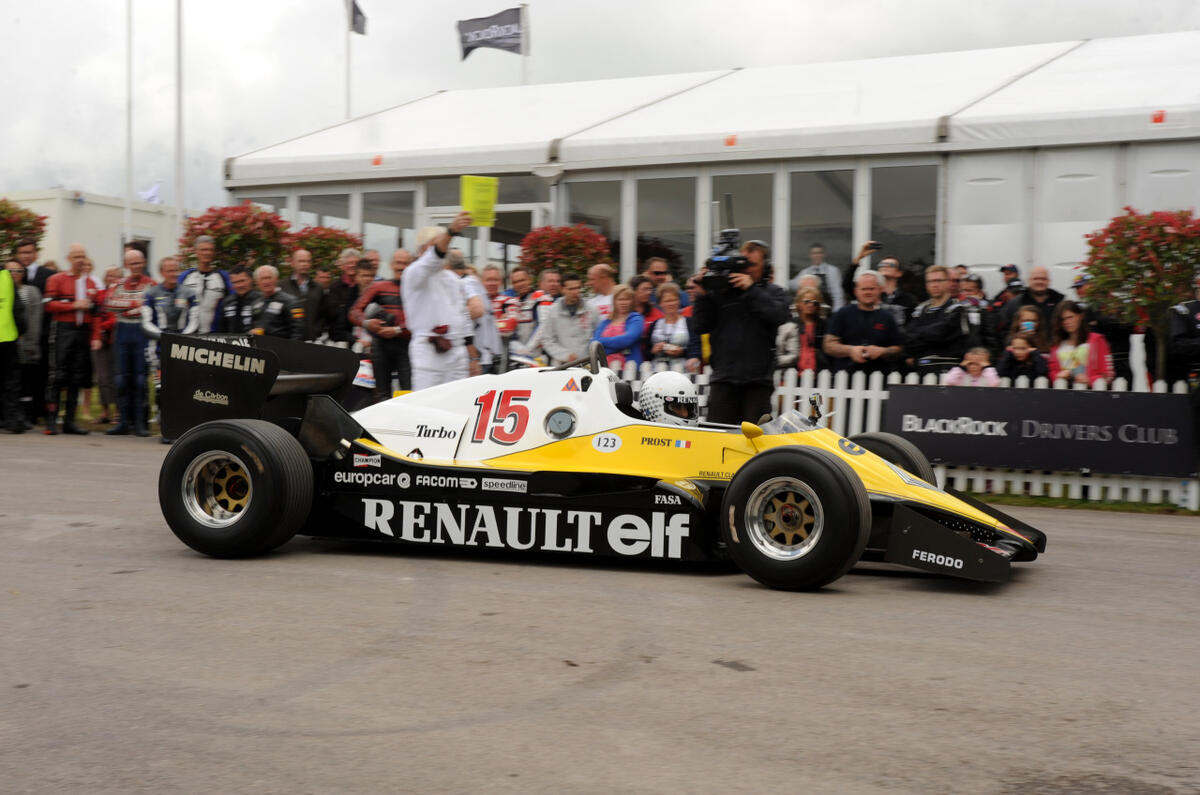






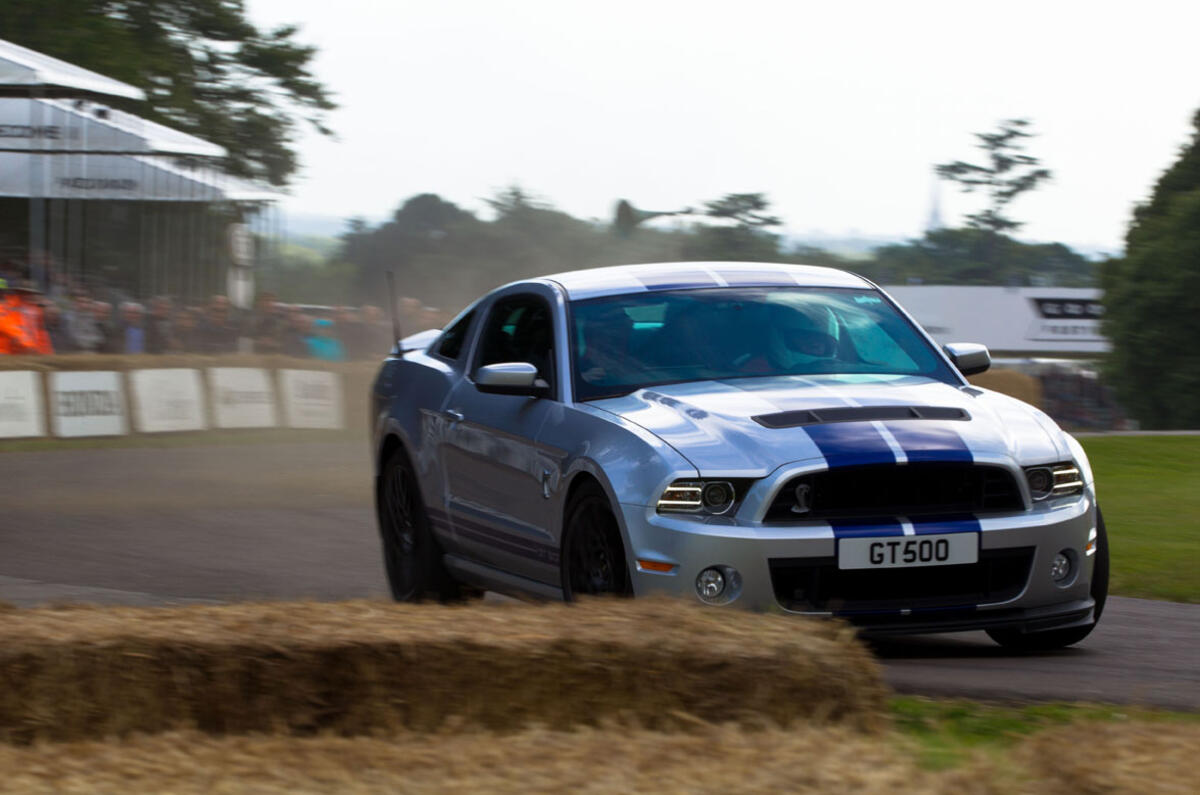
















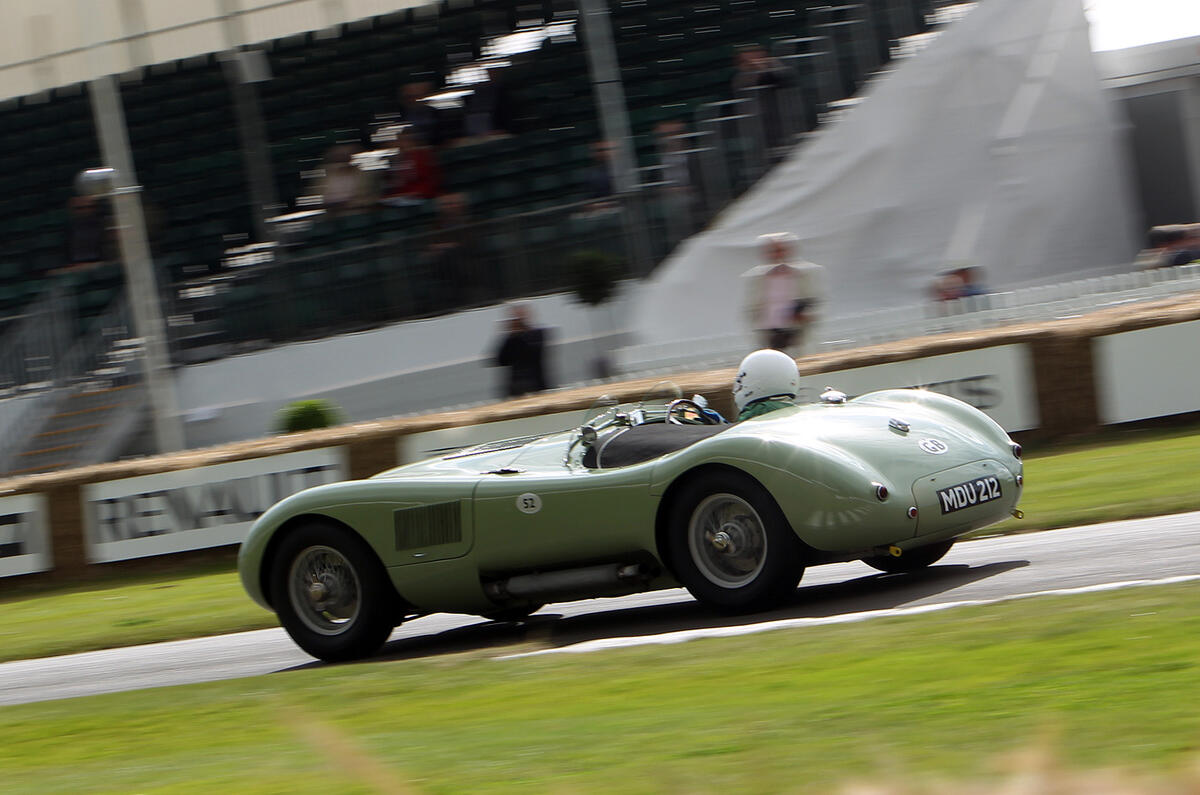





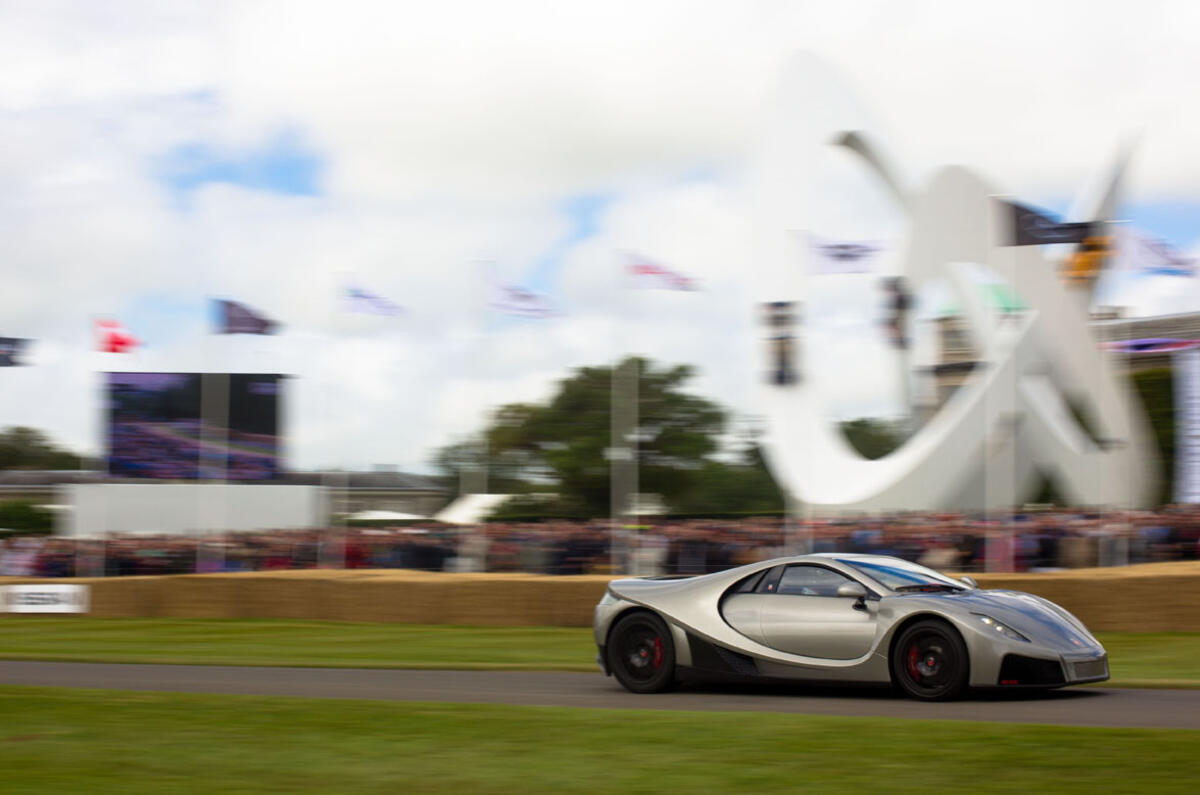





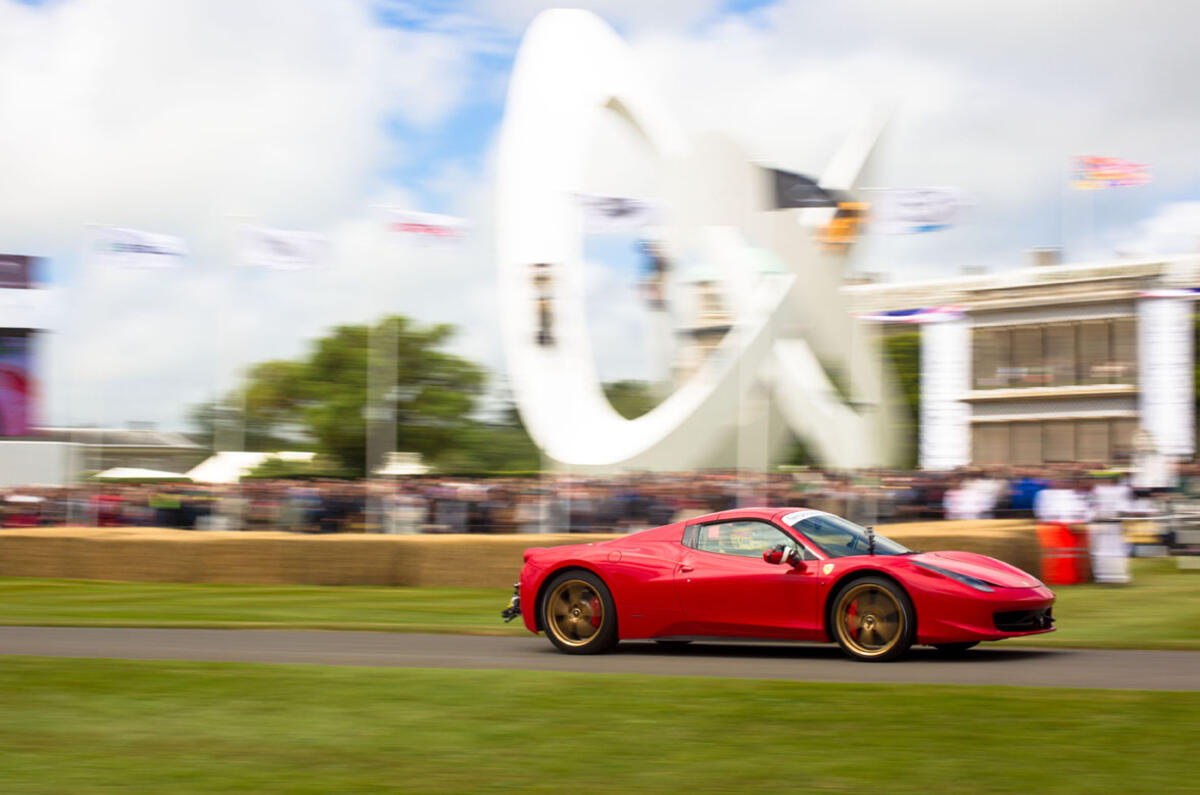






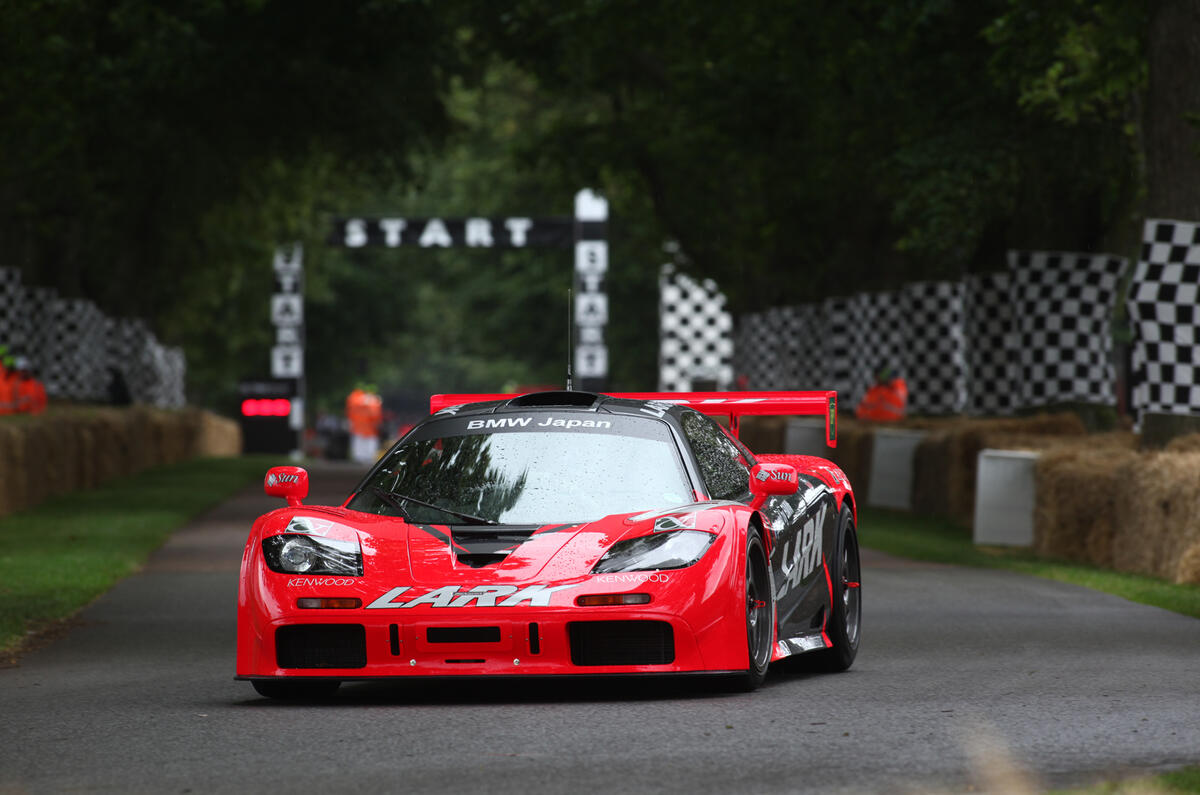





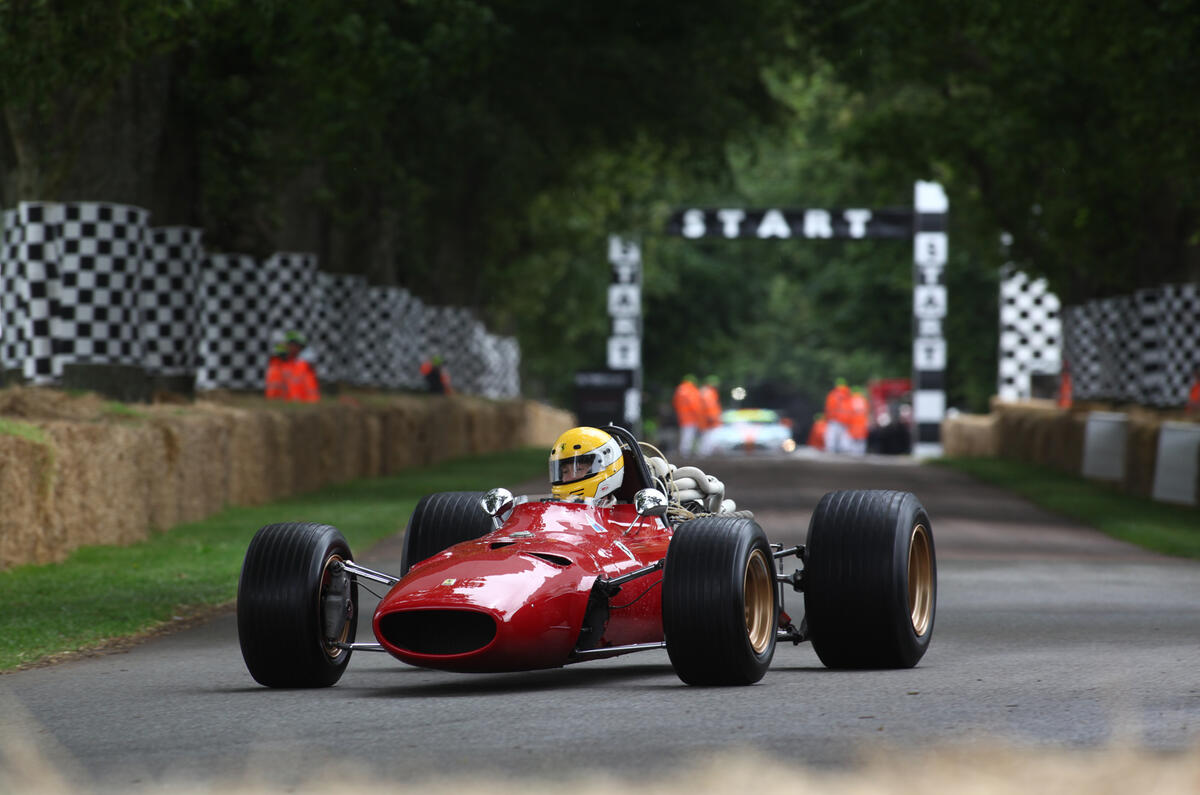
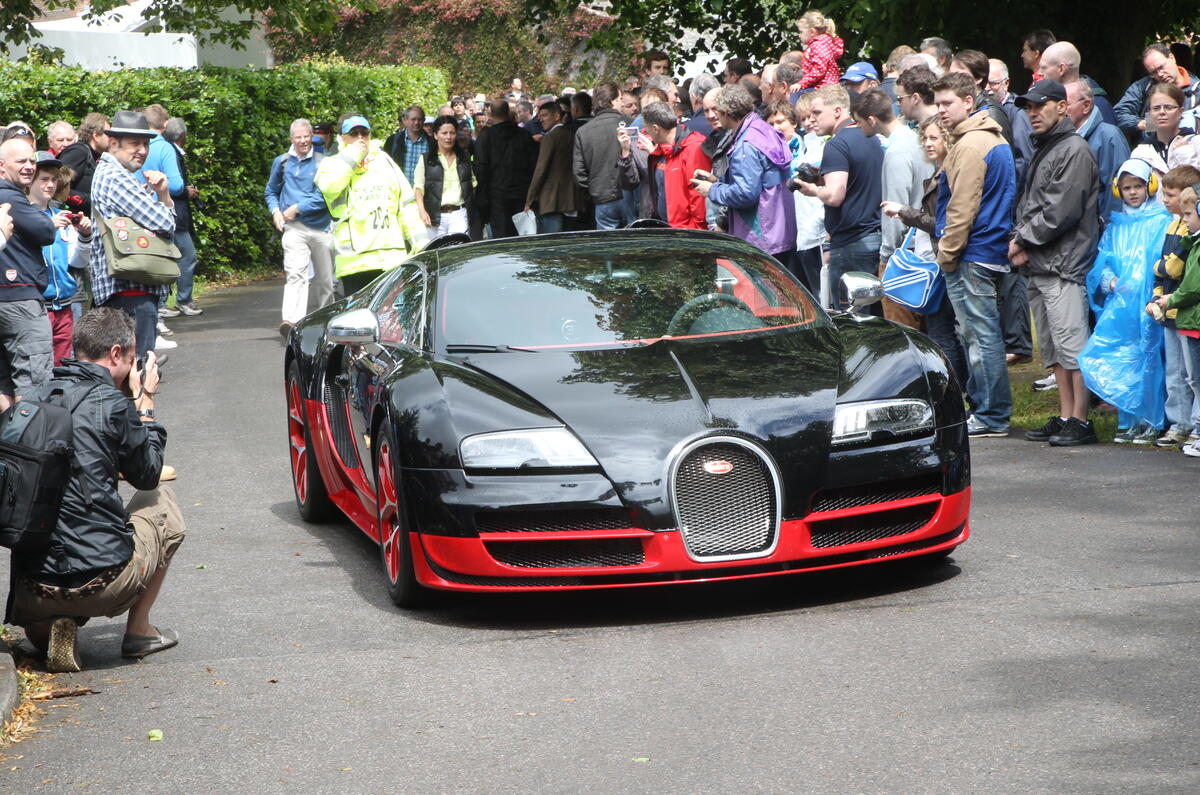





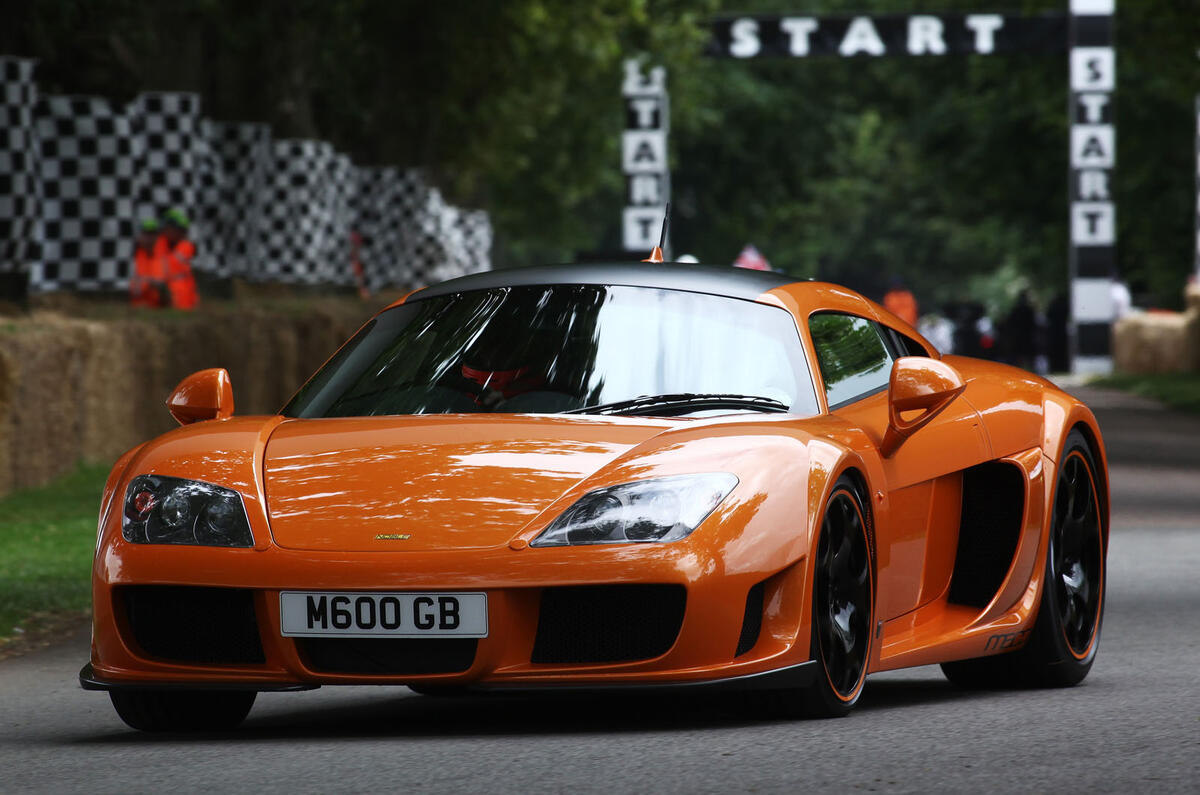








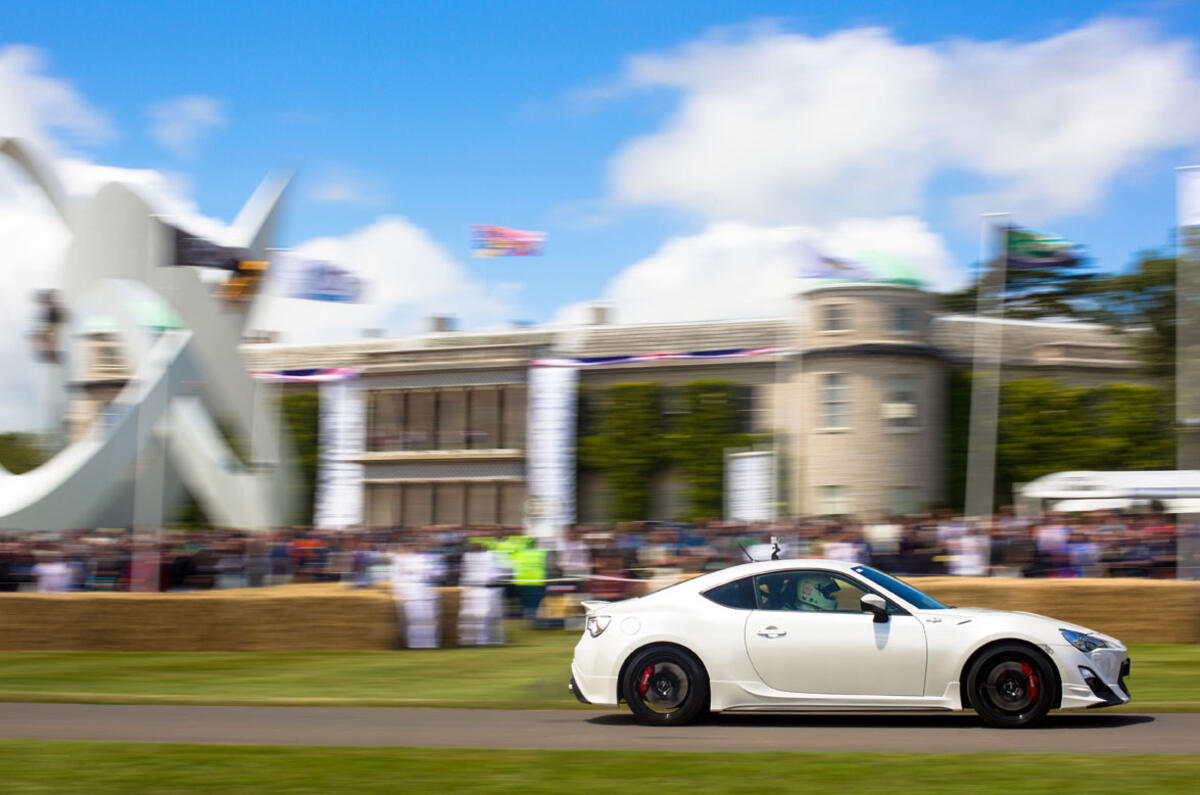











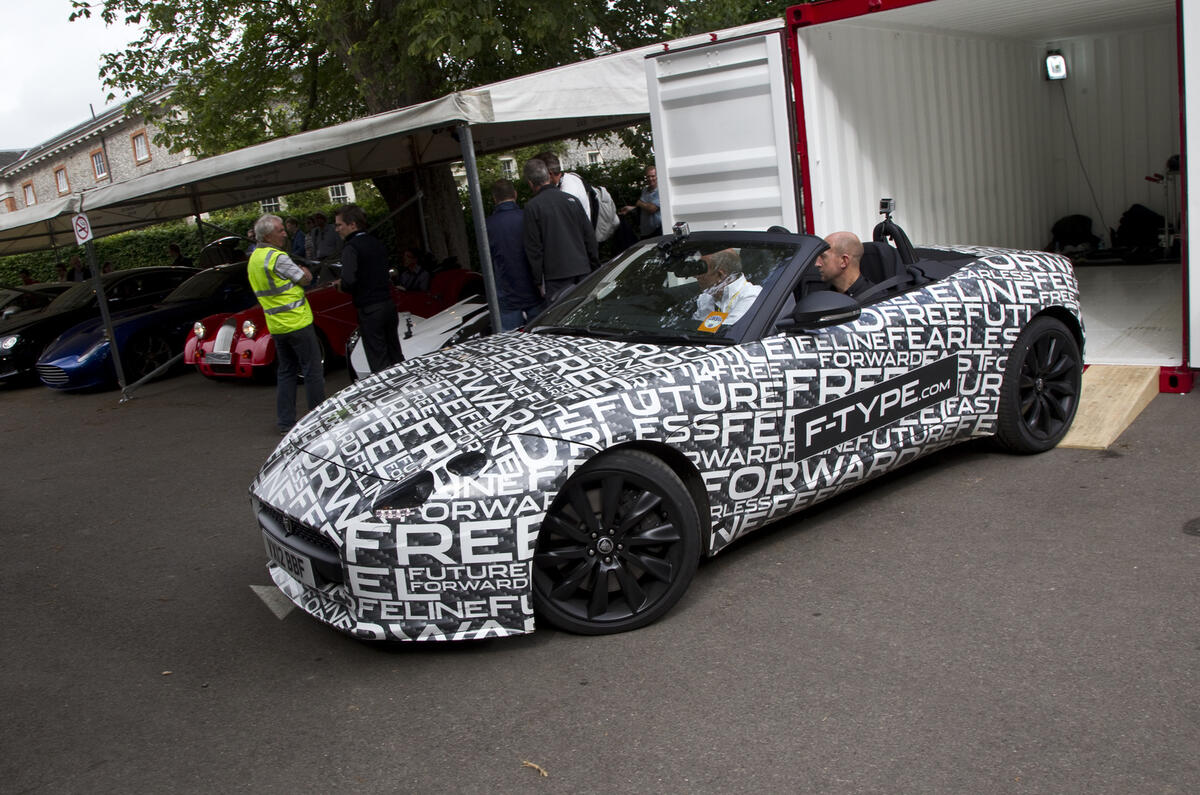






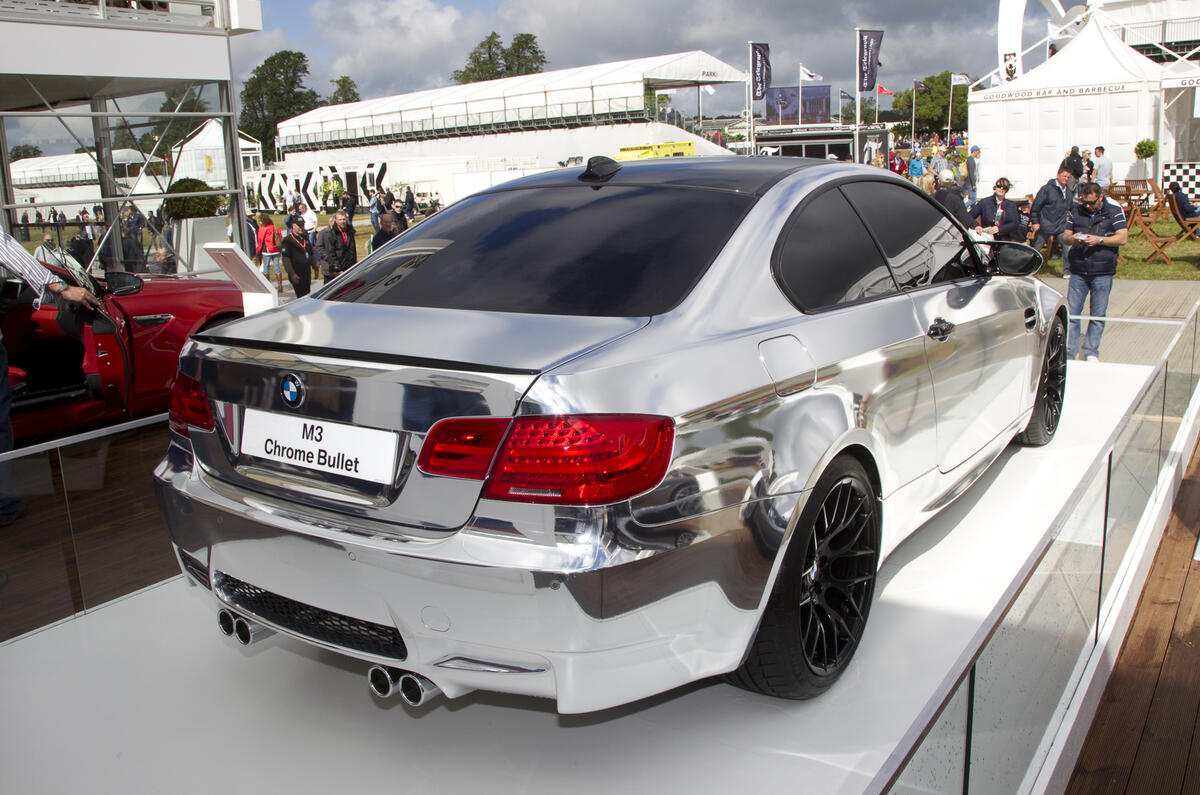









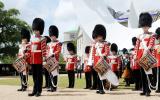
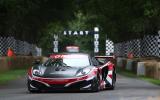







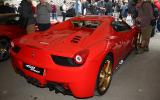


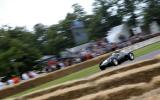
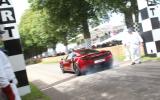








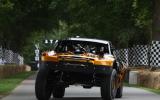














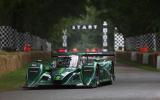

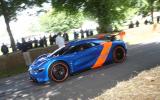




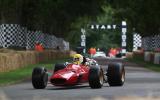
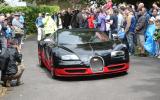

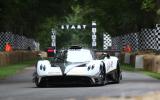












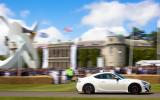










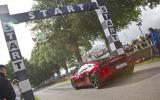




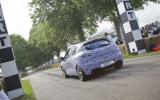
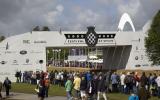











Join the debate
Add your comment
Captions
With regard to caption fixing, the 1966 Eagle, which is a 4.2 litre V8 Indycar and NOT a 1.5 litre F1 car (Eagle never made a 1.5 litre car, and the 1966-8 F1 cars were powered by 3-litre V12s, although 2.7 litre 4 cylinder Coventry Climax engines were initially used as a stop-gap).
This is supposed to be the website of a professional motoring magazine. If you don't know what a car is, it shouldn't be difficult for you to find out!
One more comment. Why are a lot of these photos at crazy angles? Didn't you use a professional photographer?
The Silk Cut Jaguar
One of three there, but why 'infamous'?
Just shows how close the
Just shows how close the Zonda is to recreating the look of the Group C racers of old. Some very good looking cars there!